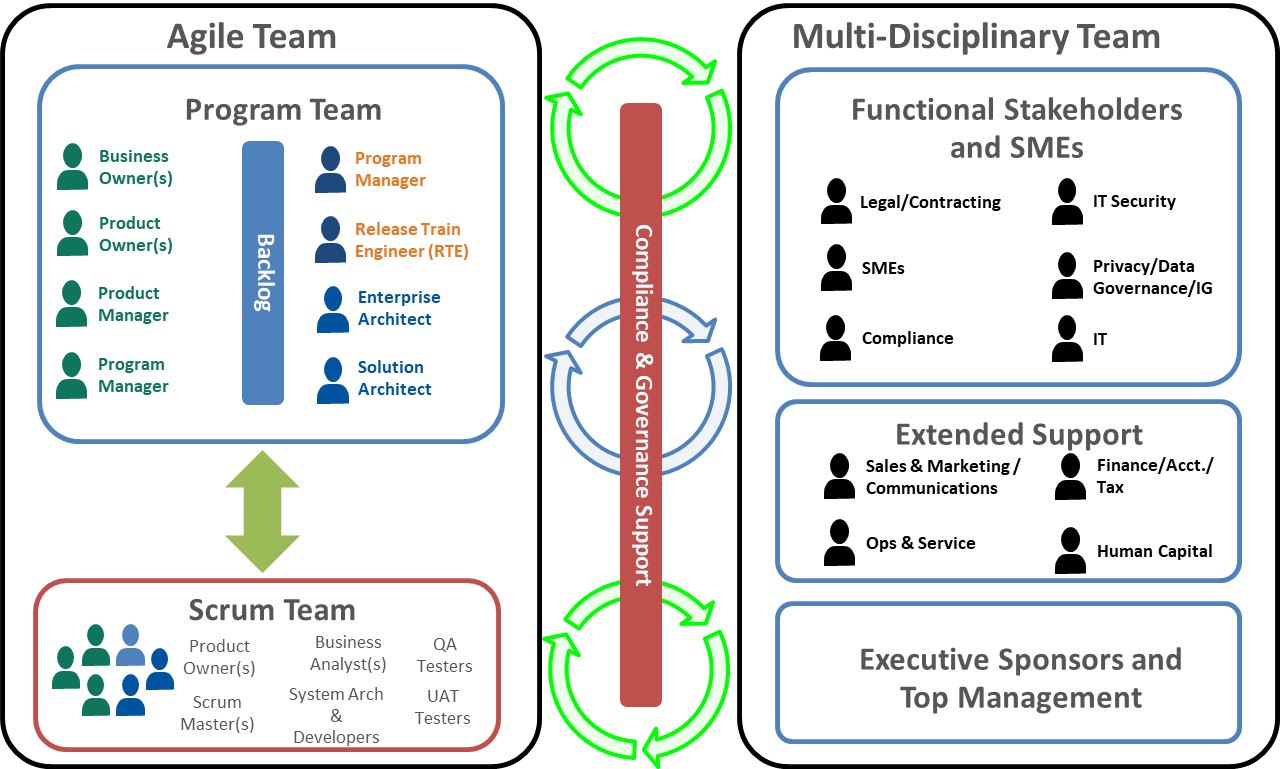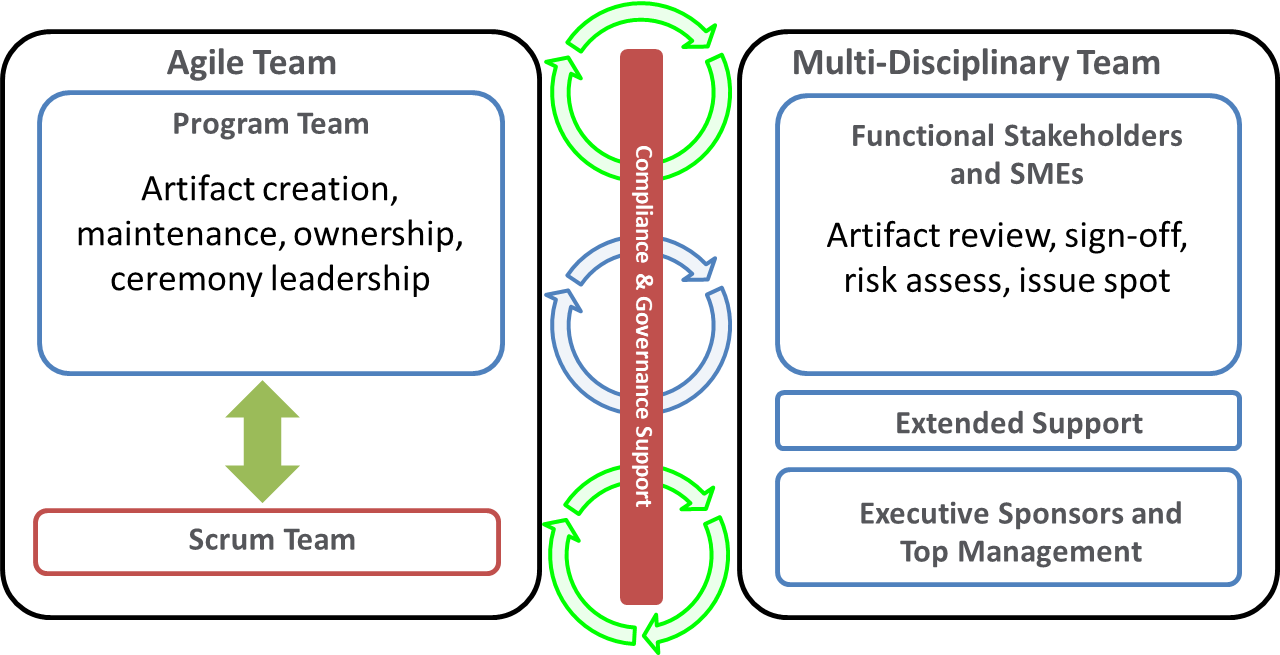Eric Brotten (eric.brotten@optum.com) is Director of International Compliance Programs at Optum in Eden Prairie, Minnesota, USA.
No matter the industry, “Every company is now a technology company.”[1] This means that whether you are a compliance professional supporting financial services, retail, farming, logistics, automotive, healthcare, media, or even food, you need to meet your business partners where they are. Regulators and enforcement agencies are also abuzz with the emerging fields of artificial intelligence, blockchain, data protection and governance, the gig economy, the International Organization for Standardization, tech ethics, and cryptocurrency. Increasingly, business teams are deploying via continuous delivery, or agile and scrum methodologies. As a result, today’s compliance professional needs to understand the intersection of traditional compliance, privacy, and technology and how business partners’ support needs and expectations are changing in regard to overall compliance and governance models.
What is waterfall?
Traditionally, businesses relied on project management based on a waterfall approach, where there was a clear start and stop to delivery. For the compliance professional, waterfall delivery was very advantageous, as expectations were clear up front, project artifacts and documentation were created early on, and it was comparatively easy to assess risks—even without assistance from business partners. The problem, however, for business partners was that waterfall delivery often did not allow redo’s or error corrections, was seen as inflexible, and was perceived as creating a slower speed to market.
What is agile?
The agile project delivery and methodology creates a series of ongoing, incremental work packages, called “sprints,”[2] through continuous design and release (Figure 1).

Business partners enjoy the benefits of expected redo’s and expected error identification and correction, as well as customer feedback loops, less bugs, higher project success rates, and faster speed to market.[3] For the compliance professional, however, agile delivery presents the challenges of fast-paced project teams (Figure 2), multidisciplinary stakeholders, frequent team meetings, and business partner need for continuous governance support.

In this type of delivery model, the compliance professional truly needs to learn how business partners are executing so that they are not left in the dark by the scrum team, are accidentally excluded from participating in project sprints or stand-up scrum meetings, or are overlooked by the scrum master.
